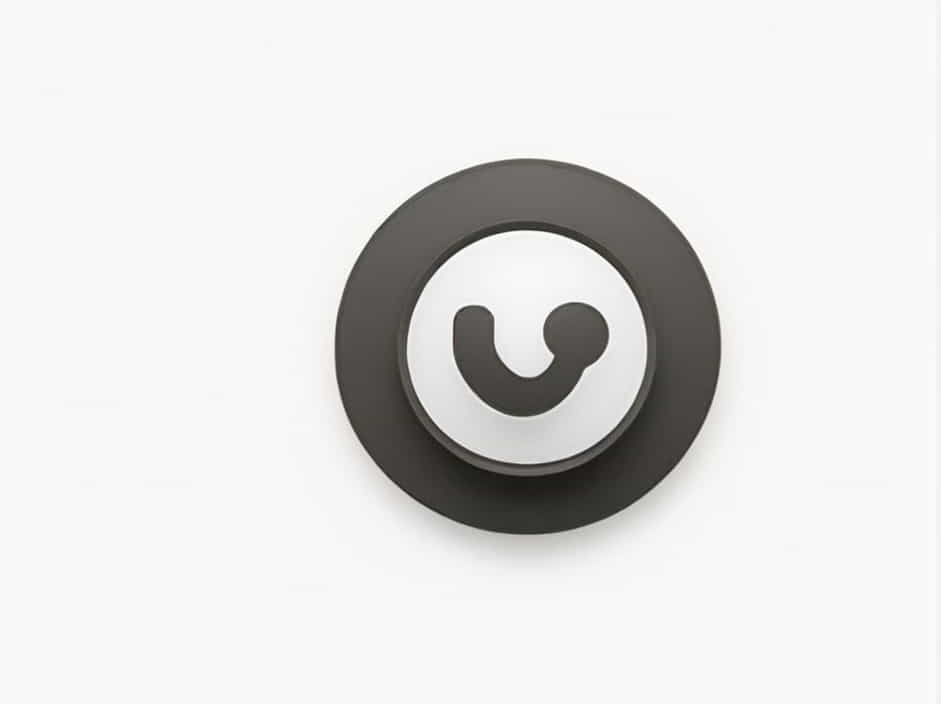An understatement is a figure of speech where something is described as less significant than it actually is. It is often used for irony, modesty, or humor. For example, saying “It’s a little chilly today” during a snowstorm is an understatement.
But what is the opposite of understatement? The antonym is overstatement, also known as exaggeration or hyperbole. Instead of downplaying something, overstatement magnifies it, often making it seem more dramatic or important than it truly is.
This topic explores the meaning of understatement and its opposites, with examples and usage in different contexts.
What Is an Understatement?
An understatement occurs when someone deliberately makes something seem less important, severe, or intense than it is. It can be used in casual speech, literature, and rhetoric.
Examples of Understatement:
- “It rained a bit last night.” (When there was a huge storm)
- “He’s not the worst player on the team.” (Implying someone is actually very skilled)
- “Losing my job was a little inconvenient.” (When it was a life-changing event)
Understatements can add humor, irony, or politeness to speech. However, sometimes people use understatements to avoid confrontation or appear humble.
What Is the Opposite of Understatement?
1. Overstatement – The Direct Opposite
The most direct opposite of understatement is overstatement, which means making something sound bigger, more extreme, or more significant than it really is.
Example Sentences:
- “This is the worst day of my life!” (When something mildly bad happens)
- “I’m starving!” (When someone is just a little hungry)
- “That test was impossible!” (When it was just challenging)
2. Exaggeration – Making Things Seem Larger or More Intense
Exaggeration is a common form of overstatement. It amplifies reality to make a point, often used for comedy, persuasion, or emotional impact.
Example Sentences:
- “I’ve told you a million times!” (Clearly an exaggeration)
- “The whole world is against me!” (An overstatement of personal struggles)
- “He’s the best singer in the universe!” (A dramatic claim)
3. Hyperbole – Extreme and Unrealistic Overstatement
Hyperbole is a type of overstatement that takes exaggeration to the extreme. It is often used in poetry, advertising, and storytelling.
Example Sentences:
- “I could sleep for a year!” (No one actually sleeps that long)
- “His smile was so bright it lit up the whole room!” (A poetic way to say he had a great smile)
- “She cried an ocean of tears.” (Impossible, but emotionally expressive)
Comparing Understatement and Its Opposites
To understand the differences between understatement and overstatement, here’s a comparison table:
| Term | Meaning | Example |
|---|---|---|
| Understatement | Making something seem less important | “It’s just a scratch.” (After a deep cut) |
| Overstatement | Making something seem more extreme | “This is the worst pain ever!” (After a small injury) |
| Exaggeration | Stretching the truth for emphasis | “I have a ton of homework!” (Not literally a ton) |
| Hyperbole | Extreme overstatement, often unrealistic | “I could eat a horse!” (Impossible, but expresses hunger) |
When to Use Understatement vs. Overstatement
Different situations call for understatement or overstatement, depending on the effect you want to achieve.
When to Use Understatement
- To sound modest: “I did okay on the test.” (After scoring 100%)
- To soften bad news: “We had a minor issue.” (When it was a big problem)
- To create humor: “It’s just a little warm today.” (On a scorching hot day)
When to Use Overstatement or Exaggeration
- To emphasize a point: “I’m so tired I can’t move!”
- To add drama or excitement: “This is the greatest thing ever!”
- To make a story more entertaining: “The fish I caught was THIS big!” (Holding hands far apart)
Common Expressions with Understatement and Overstatement
Popular Understatements:
- “Not bad.” (When something is actually amazing)
- “I’ve had worse days.” (After experiencing a disaster)
- “That’s one way to put it.” (When someone says something extreme)
Popular Overstatements:
- “This is the best day of my life!”
- “I’ve never been this tired!”
- “If I don’t get coffee, I’m going to die!”
Understatement and Overstatement in Literature and Media
Both understatement and overstatement are used in writing, advertising, and entertainment to engage audiences.
Understatement in Literature
- Shakespeare’s “Romeo and Juliet”:
“Tis but a scratch.” (When Mercutio is fatally wounded) - Hemingway’s “The Old Man and the Sea”:
“The fish is a little bigger than I thought.” (After struggling with a massive marlin)
Overstatement in Media and Advertising
- McDonald’s: “I’m lovin’ it!” (Exaggerates customer satisfaction)
- Nike: “Just do it.” (Encourages extreme motivation)
- Movie posters: “The most thrilling adventure ever!” (To build excitement)
The opposite of understatement is overstatement, including exaggeration and hyperbole. While understatement downplays reality, overstatement amplifies it for dramatic effect.
Both techniques are powerful tools in conversation, literature, advertising, and storytelling. Knowing when to use them can improve communication and make speech more engaging.
